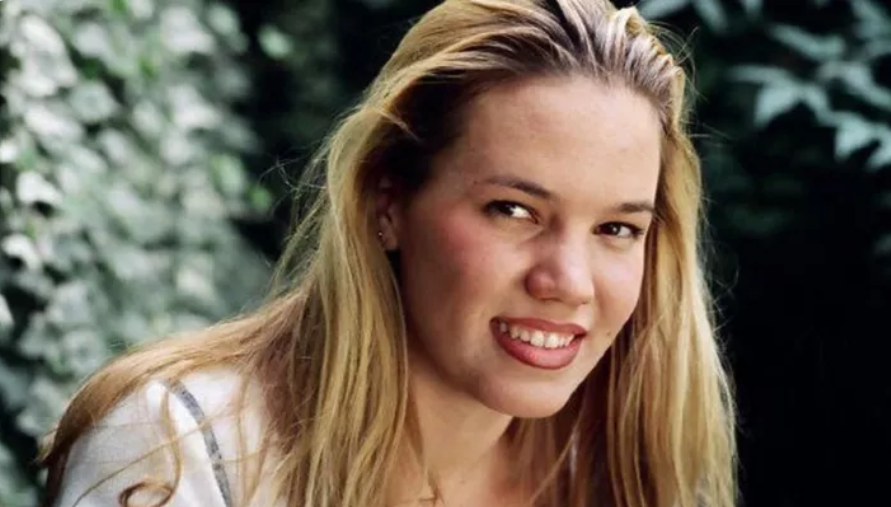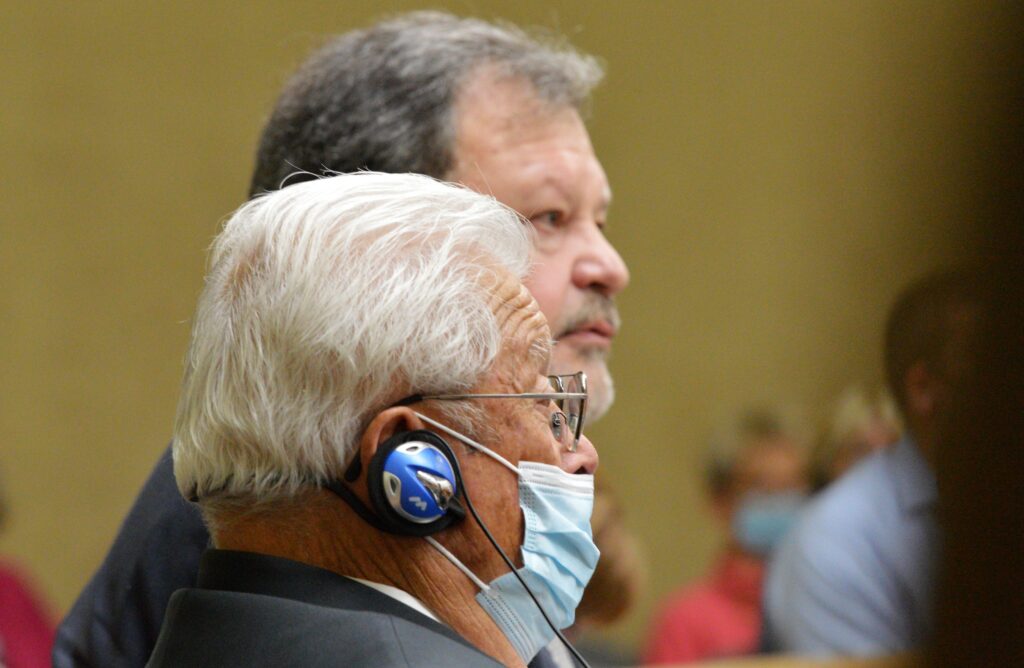Blood evidence, an alleged confession, and the prosecution rests
September 21, 2022

Kristin Smart
By JOSH FRIEDMAN and KAREN VELIE
Witnesses in the Kristin Smart murder trial testified this week about human blood found under a defendant’s home and an alleged confession, before the prosecution rested its case on Tuesday. The defense will call its first witness on Wednesday.
A forensic DNA analyst testified on Monday that lab tests found human blood in multiple soil samples taken from the Arroyo Grande home of Ruben Flores. [Mustang News]
Paul Flores, Ruben Flores’s son, is charged with murdering Kristin Smart during an attempted rape in 1996 following a Cal Poly frat party. After the party, Flores helped escort Smart, who was found passed out on a lawn outside the gathering, back to her dorm. However, Smart did not return to her dorm and was never seen again.
Prosecutors allege Smart’s body had been buried beneath Ruben Flores’s deck and that it was later moved to another location.

Ruben Flores and his attorney Harold Mesick, photo by Credit: Dave Minsky – Santa Maria Times
On Monday, Angela Butler, a senior forensic DNA analyst and laboratory supervisor at Seri Lab, testified in the case. SLO County Sheriff’s detectives sent evidence, some of which was collected from Ruben Flores’s home, to Seri Lab in 2019, 2020, 2021 and 2022.
In March 2021, Butler received two soil samples from the sheriff’s office. Butler found fibers of various colors in the samples. That was very unusual, she said.
Butler extracted liquid from the soil samples and performed a HemDirect test, which detects the hemoglobin present in human, primate and ferret blood. The test confirmed the presence of human blood in some of the soil samples, Butler testified.
During cross examination, Paul Flores’s attorney, Robert Sanger, argued the HemDirect test has never been validated for use in soil. Sanger cited an email from Christian Stadler, of SERATEC, the lab that created the test.
Butler attempted to extract DNA from multiple samples, but there was none present. She could not conclusively say why. It is possible there was no DNA present due to the samples degrading over time, Butler said.
In one set of samples, Butler found multiple colored fibers, including red, black, white, blue and some clear fibers. The night Smart went missing she was wearing red shoes, black vinyl shorts and a gray top, according to previous witness testimony.
In addition to soil samples, investigators sent a piece of plywood to Butler’s lab for testing. The plywood came from the truck of Mike McConville, the boyfriend of Susan Flores. Prosecutors suspect McConville may have helped the Flores family move Smart’s body in 2019.
Butler found a very small area in the plywood that gave an indication for the presumptive test for blood, she testified. But, Butler instead swabbed the plywood for DNA.
The test results revealed McConville as a contributor to the DNA in the plywood. The DNA sample was not a match for Smart, Paul Flores and Ruben Flores, Butler said.
Butler also testified about a canvas mattress pad believed to have belonged to Paul Flores in 1996 when he lived in Santa Lucia Hall on the Cal Poly campus. Butler sampled nine areas of the mattress pad, looking for DNA.
The DNA test did not produce definitive results. The DNA mixture was interpreted as originating from three contributors, at least one of whom was male. There was not one main contributor, though.
On Tuesday, James Camp, an investigator with the San Luis Obispo District Attorney’s Office, testified about taking a DNA sample from Ruben Flores in 2020. Before the test, Ruben Flores made a statement about his ex-wife Susan Flores and her boyfriend Mike McConville.
“They haven’t committed no felonies, only me,” Ruben Flores said in the recording before adding, “I mean, I mean, I’m the only one who’s been arrested.”
Ruben Flores’ attorney Harold Mesick said his client, who was 80 at the time, was “confused.”
It is anticipated the defense will rest before the end of the month.






The comments below represent the opinion of the writer and do not represent the views or policies of CalCoastNews.com. Please address the Policies, events and arguments, not the person. Constructive debate is good; mockery, taunting, and name calling is not. Comment Guidelines